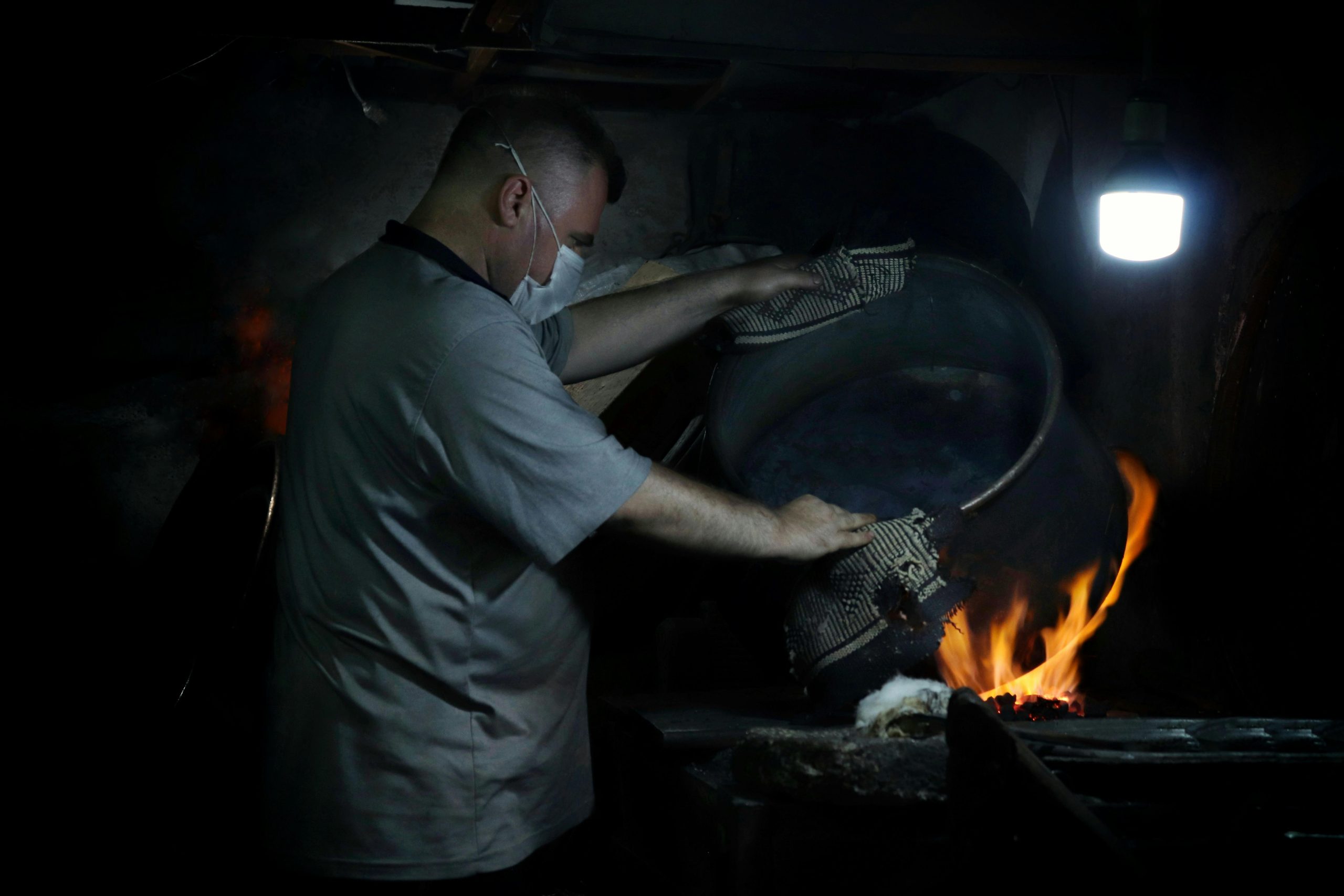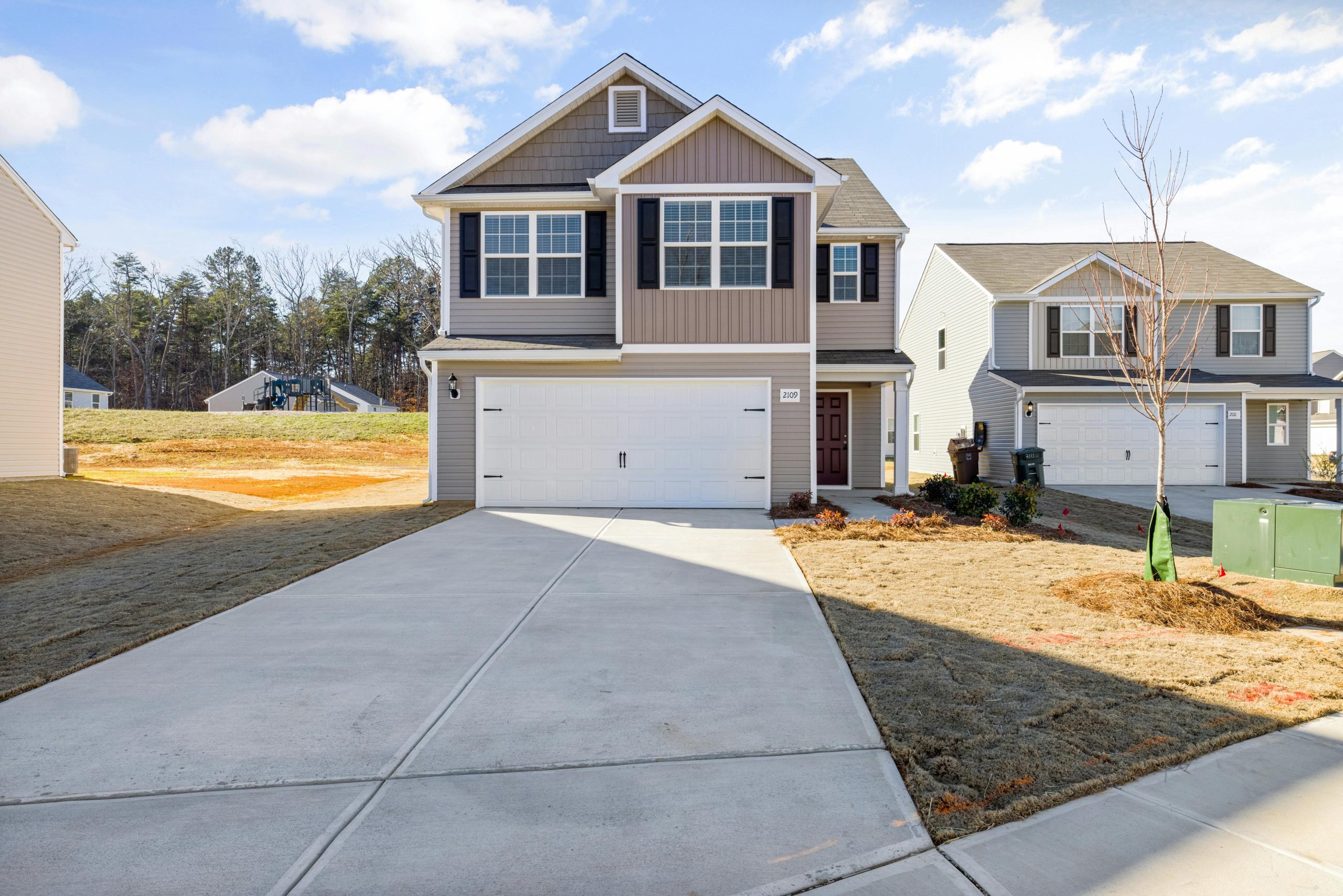Key Takeaways:
- Recognizing common furnace issues early can prevent costly repairs and improve system efficiency.
- Unusual noises, inconsistent heating, and increased bills indicate potential furnace problems.
- Regular maintenance and timely repairs can extend the life of your furnace.
Unusual Noises
As furnaces normally run on a low hum, strange noises like slamming, clanking, or screeching may indicate an issue. These noises could be signs of broken or loose parts inside the device. Early detection and resolution of these problems can help avoid significant damage and costly repairs. If you hear such noises, consider consulting a professional for furnace repair Staten Island to ensure your system runs smoothly.
Inconsistent Heating
It is possible that your furnace is not dispersing heat uniformly if certain rooms in your house are warmer than others. There are a number of problems that might cause inconsistent heating, such as a broken blower motor, clogged vents, or a defective thermostat. This kind of problem is uncomfortable and a sign that something is wrong with your system.
Increased Energy Bills
An abrupt increase in your energy costs may be a sign that your furnace is not working as well as it should. For the same amount of warmth, older or unrepaired furnaces may require more energy. You can maintain a consistent energy consumption by performing timely repairs and routine maintenance. Energy.gov states that keeping your heating system maintained is essential for energy efficiency.
Frequent Cycling
Short cycling, or the frequent on/off turning of a furnace, is a sign of trouble. Numerous things, such an oversized furnace, a broken thermostat, or clogged air filters, could be the source of this. Your system is stressed by short cycling, which increases wear and tear and lowers efficiency. A furnace that turns on and off frequently, known as short cycling, indicates a problem. Numerous things, such an oversized furnace, a broken thermostat, or clogged air filters, could be the source of this. Your system is stressed by short cycling, which increases wear and tear and lowers efficiency.
Yellow Pilot Light
In a furnace, the pilot light should always be blue. A yellow or flashing light may be an indication of carbon monoxide presence or a problem with the combustion process. This is a major safety concern that has to be addressed by professionals right now. It is imperative that you have your pilot light evaluated if its color changes.
Bad Odors
Unusual odors from your furnace can indicate problems such as mold growth, natural gas leaks, or electrical issues. While a strong gas smell could be an indication of a leak that has to be fixed right away, a musty smell could be the result of mold growing in the ducting.
Regular Maintenance
Maintaining your furnace on a regular basis will help it run well and last a long time. System performance can be greatly increased by performing simple activities like lubricating moving parts, checking pilot lights, and changing or cleaning filters. Frequent professional inspections can find problems early on and fix them before they become expensive repairs, keeping your furnace operating at peak efficiency.




